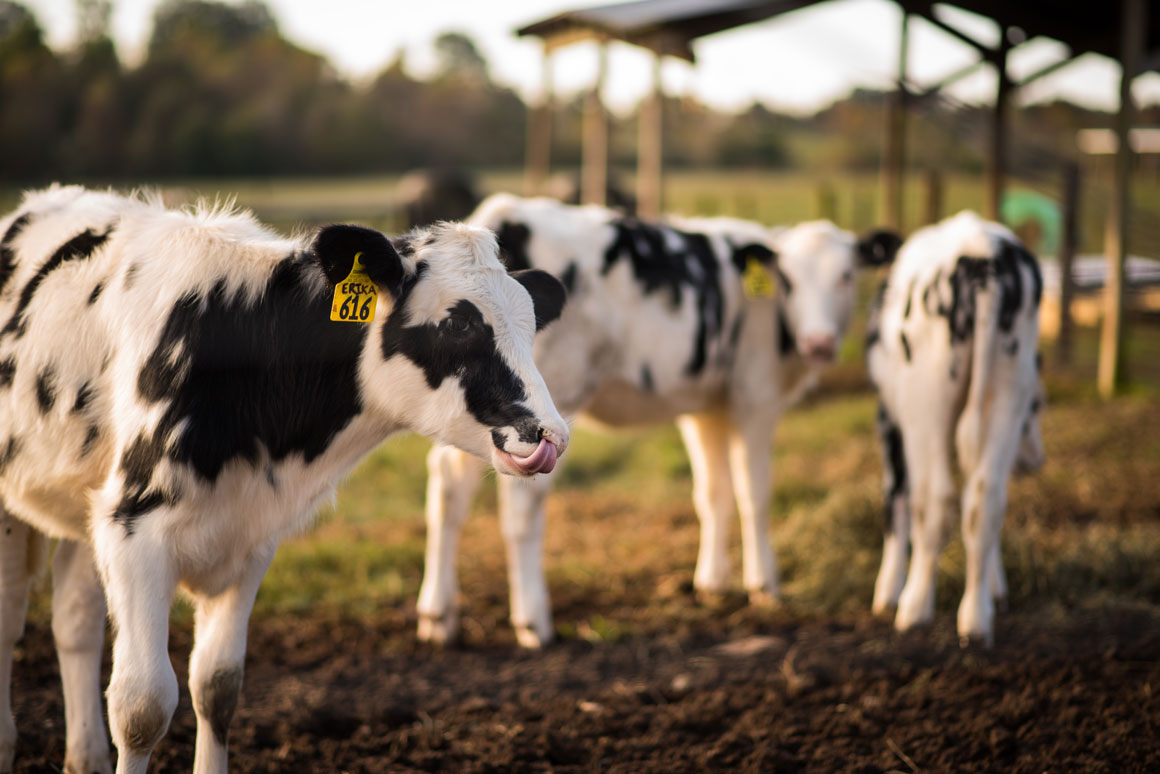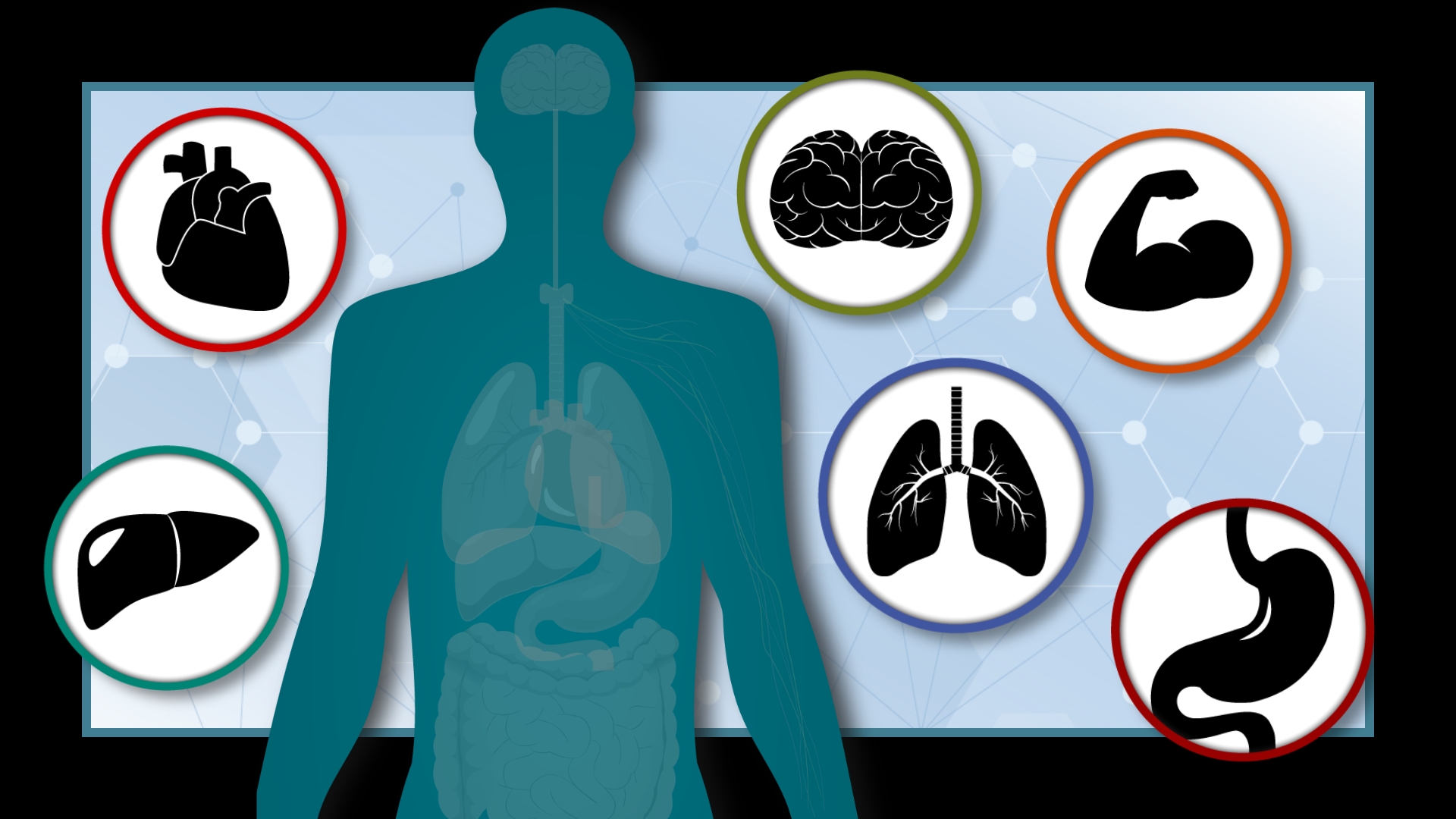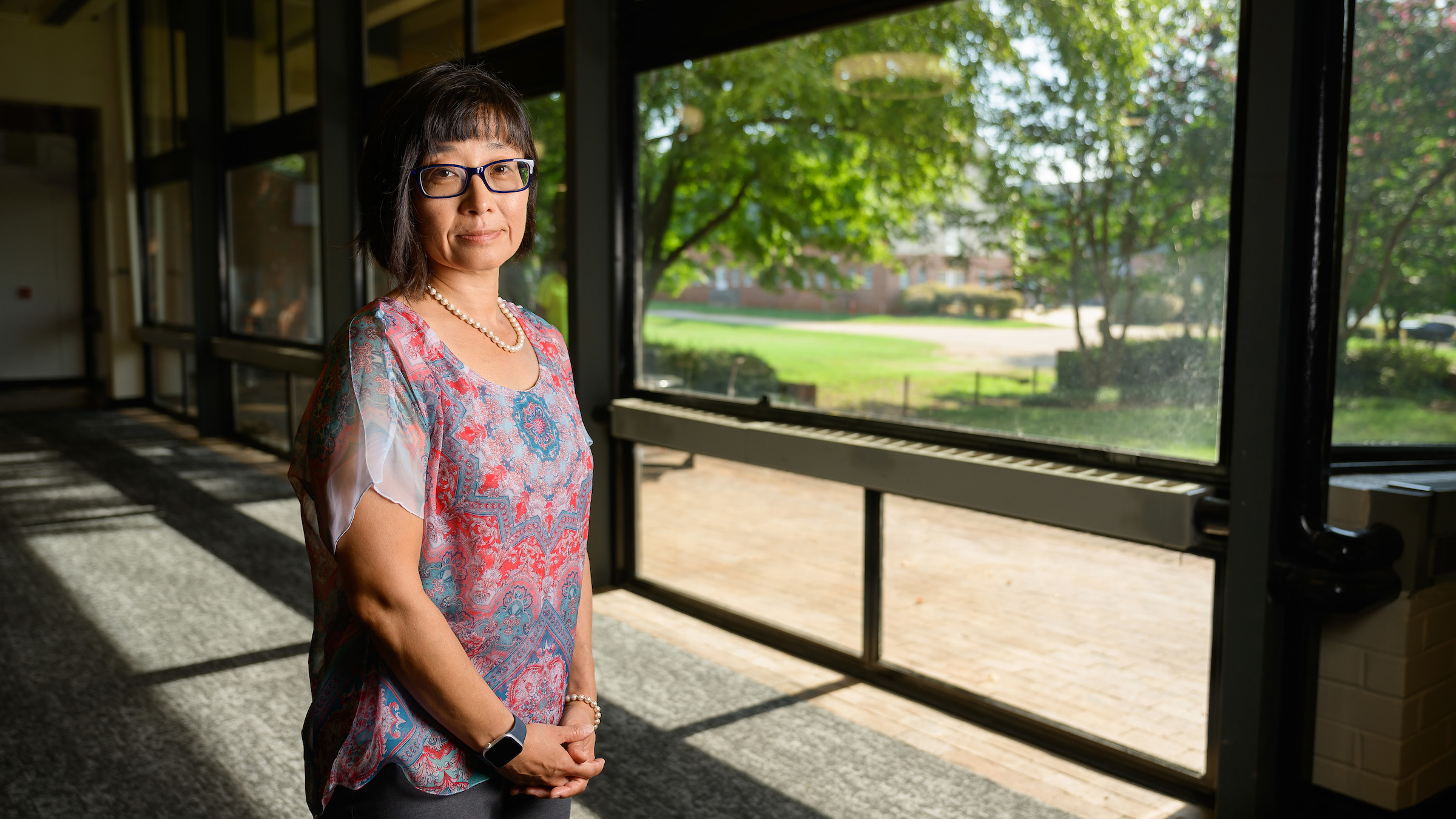Training the Next Generation of Large Animal Veterinarians in Effective Drug Use

Katie Mrdutt understands the importance of a strong relationship between veterinarians and farm animal producers. She’s been on both sides, as a large animal vet in private practice who also operates a beef farm.
And now Mrdutt travels the country as an outreach specialist for the Food Armor Foundation, training veterinarians on a new plan for responsible drug use with farm animals.
Last week, over two full days, Mrdutt led Food Armor training at the North Carolina State University College of Veterinary Medicine as part of the CVM’s Continuing Veterinary Medical Education program. Eventually, licensed vets who complete training can bring the Food Armor plan with them on their next farm visit.
“It’s all about veterinarians and dairy farmers working together to ensure safe meat and milk,” said Mrdutt as she opened the training session. “Our goal with Food Armor is responsible drug use. We need to be accountable for how we are using these medications and we need to be transparent to the consumer.”
That’s also a goal at the CVM. A portion of the Food Animal Drug Residue Avoidance Databank (FARAD), a research group that works to prevent drug residue in food animals, is housed on campus. Research on drug contamination and effective antibiotic practices for large animals is consistently conducted on campus. Out back, the CVM’s distinctive Teaching Animal Unit and herd of cows is a daily reminder that this type of veterinary medicine work isn’t just important — it’s vital.
Food Armor’s plan features six steps: identifying the veterinarian/client/patient team; identifying all drugs that are used on the farm; creating drug protocols tailored to individual farms; developing protocol standards for drug use; determining what needs to be recorded; and stressing the necessity for veterinary oversight.
“Food Armor provides tools for both the veterinarian and the producer to get it done,” said Mrdutt. “If I knew then what I know now through this type of training, I know I would have been that much better of a veterinary practitioner.”
The Food Armor program, run through the Food Armor Foundation who licenses the program from the original creators, the Wisconsin Veterinary Medical Association (WVMA), grew out of a troubling statistic. In 2009, Wisconsin, a state more synonymous with the dairy industry than any other, recorded the highest incidence of dairy beef drug residues in the nation. Over the next two years, the WVMA, along with dairy and beef industry partners among others, developed an outreach program to shift the drug residue tide.
It was educational, comprehensive and non-regulatory — and stressed the importance of veterinarians and dairy producers working together to solve the problem. Eventually a Food Armor-official Hazard Analysis and Critical Control Points (HACCP) for proper drug use was unveiled.
And Mrdutt said it is working. The number of tissue residue violations dropped drastically in Wisconsin in 2011, even when 70 percent more cows were tested compared to 2010. The number of repeat violators in the state also dropped sharply between 2011 and 2015.
Riding on that success, Food Armor has gone national. Since 2010, hundreds of veterinarians have been trained in the type of two-day session Mrdutt conducted at the CVM; thousands of have been trained in some aspect of it. Mrdutt and Food Armor trains the veterinarians, who, upon graduation, can share the information to large animal producers and certify farms through Food Armor.
“We would love every veterinary student to get training like this before graduation,” said Mrdutt. The skillsets it provides can be used even if they’re not going into dairy production medicine.”
[pullquote color=”blue”]“Consumers, the food industry, farmers and veterinarians have all become more attuned to the issues around responsible drug use in our food animals,” said Foster [/pullquote]
The move to bring Food Armor to the CVM started a year ago. Mrdutt said Danielle Mzyk, a DVM/Ph.D student and responder for the FARAD program, reached out to her with an interest in the training. Mrdutt spoke with Derek Foster, assistant professor of ruminant health management, about fitting Food Armor into the curriculum.
Later, Foster wrote a letter of support when Food Armor applied for grant from the United States Department of Agriculture to fund training for veterinary students across the nation. The awarded grant covers Food Armor’s expenses for training over the next three years. During that time frame, Mrdutt said 500 veterinary students across the country should be trained in the Food Armor program.
The plan is for Food Armor to train at four veterinary schools in 2017, six in 2018 and eight in 2019. A future goal, Mrdutt said, is to move from focusing solely on dairy and adapt the program for the beef, poultry and pork industries.
Foster, who conducts research on responsible antibiotic use in food animals, said Food Armor training will set CVM graduates apart from others as they enter the job market.
“Consumers, the food industry, farmers and veterinarians have all become more attuned to the issues around responsible drug use in our food animals,” said Foster, who attended the training sessions. “Largely, consumers and regulatory agencies see veterinarians as the appropriate gate-keepers for how drugs are used in these animals.”
The veterinarian-producer partnership is key and the result, said Foster, is happy veterinarians who can grow a practice by offering expanded services. That leads to happy producers who will likely spend less on drugs and avoid illegally selling an animal with drug residue.
“In two days, you can have the tools you need to make sure that your clients are following the best practices to ensure the safety of the food they are producing,” said Foster.
~Jordan Bartel/NC State Veterinary Medicine
- Categories:


